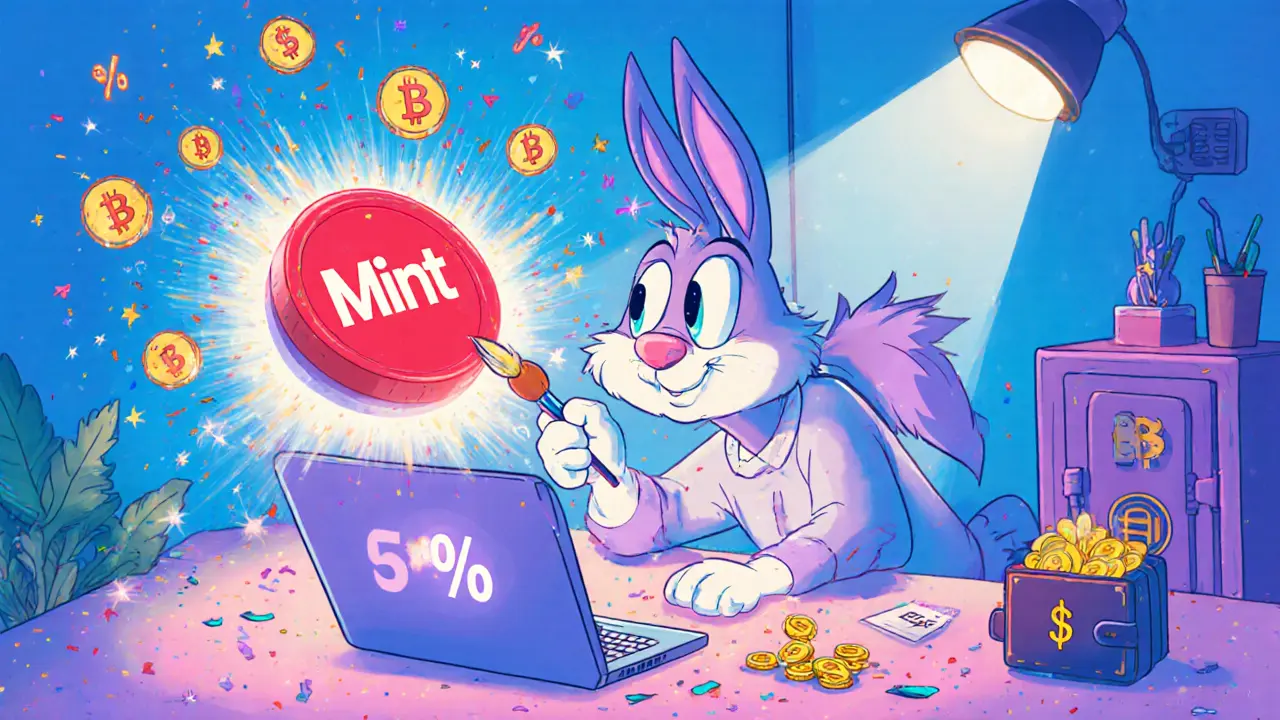Blockchain Royalties: How Value Flows on the Ledger
When talking about blockchain royalties, a system that automatically distributes a portion of transaction value to creators, token holders, or protocol participants. Also known as crypto royalties, it relies on smart contracts to enforce split‑rules without a middleman. Token‑based governance, a voting framework where token holders decide royalty rates and allocation models and NFT royalty standards, protocols like ERC‑2981 that embed creator fees directly in token metadata are the core building blocks. Together with smart contract, self‑executing code that triggers payments on‑chain, these elements create a transparent, tamper‑proof revenue stream.
Why Royalties Matter Across DeFi and Creator Economies
Imagine a music artist minting an NFT album. Every resale automatically sends a % back to the artist thanks to NFT royalty standards. The same logic powers DeFi revenue sharing, protocols that allocate a slice of trading fees to liquidity providers or token stakers. In both cases, the blockchain acts as a neutral accountant, eliminating disputes over who gets paid. This ties directly into token‑based governance, where the community votes on fee percentages, distribution schedules, and even how to handle edge cases like failed transfers. By linking royalties to on‑chain events, projects can experiment with novel incentive models—think dynamic royalty rates that adjust based on market volume or user activity.
Security is another piece of the puzzle. A poorly written smart contract can expose royalty logic to exploits, letting attackers siphon funds. That's why many of our articles stress formal audits, integer overflow checks, and the use of up‑gradable proxy patterns. When a contract guarantees that royalty calculations are immutable and accurate, creators and investors gain confidence, which in turn fuels broader adoption of royalty‑enabled platforms. This interplay between smart contract security, best practices like SafeMath and automated test suites and royalty distribution creates a virtuous cycle of trust and value capture.
Across the ecosystem, you’ll see royalties shaping everything from gaming loot boxes to decentralized exchange fee splits. Our collection below shows real‑world examples: a fast‑finality blockchain that reduces the time it takes for royalty payments to become irreversible, a token‑governed DAO that reallocates a portion of its treasury as creator royalties, and step‑by‑step guides on implementing ERC‑2981 in your own contracts. Whether you’re a developer building the next NFT marketplace or an investor looking to assess a protocol’s revenue model, understanding how blockchain royalties interact with governance, security, and DeFi mechanics is essential. Dive in to see how these concepts play out in practice.

